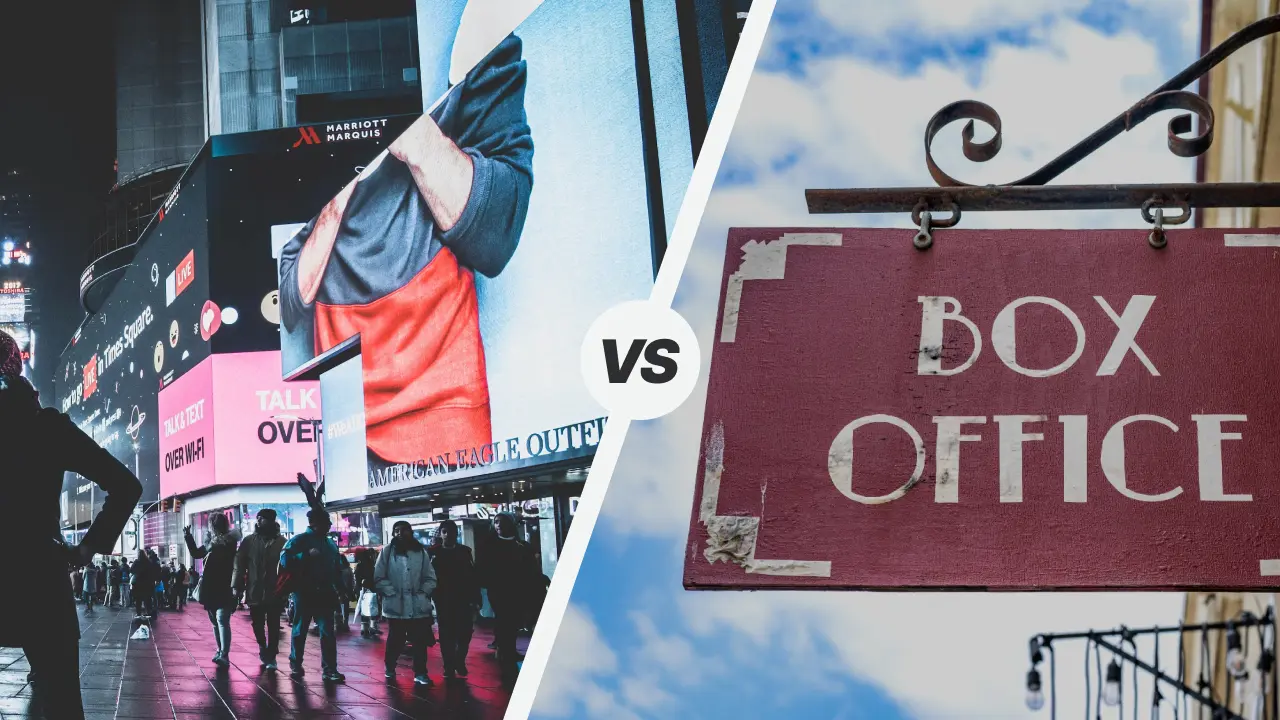
Table of Content
Imagine walking into the office on a Monday morning and having to remember 12 different passwords just to get your job done. There’s the login for email, then the CRM, the project management tool, and a platform for digital signage. Before you know it, you’re locked out of one system and resetting passwords for another. It’s frustrating, and honestly, it’s a recipe for disaster—especially when security is at stake.
Now imagine this instead: You sign in once at the start of your day, and that’s it. You’re in. No more juggling usernames and passwords. Welcome to the world of Single Sign-On (SSO).
It’s a seamless authentication solution that simplifies your workflow, strengthens security, and—let’s be real—saves a lot of headaches for both employees and IT departments.
The good news is that Look digital signage supports SSO to make it easier for organizations to manage secure access to their signage platform alongside everything else.
But what exactly is SSO, and why should you care? Let’s break it down.
What is Single Sign-On (SSO)?
Defining Single Sign-On (SSO)
Single Sign-On (SSO) is a technology that allows you to authenticate yourself once and gain access to multiple applications without having to log in again. You can think of it as having an all-access pass—one key that gets you into every room you need, without having to stop and ask for permission at every door.
On average, how many apps or platforms do you log into every day at work? Email, Slack, Salesforce, your company’s digital signage software. With SSO, you log in once, and that’s it—no more stopping to enter credentials for each app you use. It’s not just about convenience (although that’s a huge part of it); it’s also about security.
SSO makes sure your organization’s access management isn’t scattered across dozens of apps, each with its own set of vulnerabilities. Instead, it consolidates everything under one roof, making it easier to manage, monitor, and secure.

How Does SSO Work?
SSO is based on some pretty straightforward tech. Here’s how it plays out in real life:
- Log in Once: You enter your username and password on an SSO login page.
- Identity Provider (IdP) Authentication: A login request is sent to an Identity Provider (more on them later), which verifies your identity.
- Token Issuance: Once authenticated, the IdP issues an authentication token, which grants you access to all the apps connected to the SSO system.
- Access to Multiple Apps: With that token in hand, you can now access all your work tools—email, CRM, digital signage platforms—without needing to log in again.
The Role of Identity Providers (IdP)
An Identity Provider (IdP) acts as the gatekeeper in the SSO process. If your login credentials are correct, the IdP lets you in. Popular IdPs such as Microsoft Azure AD, Google Workspace, or Okta are responsible for verifying your identity. Once they confirm who you are, they issue the authentication token, which then allows you to access any application that’s connected to the SSO system.
In corporate environments, using a reliable IdP ensures that only the right people—verified by a secure system—are accessing sensitive applications and data.

Key Components of an SSO System
Let’s break down the key parts of an SSO system:
a. Identity Provider (IdP)
As mentioned, the IdP is responsible for authenticating users. It manages your credentials and ensures that you are who you say you are. Once you’re authenticated, they issue the token that opens the door to your applications.
b. Service Provider (SP)
The Service Providers (SPs) are the apps you’re trying to access—such as your digital signage software for corporate settings, your email platform, or your CRM. Once the IdP says you’re good to go, these SPs trust that authentication and allow you to log in without re-entering your credentials.
c. Authentication Tokens
When you log in, the IdP issues an authentication token, which grants you access to every app you need. As long as that token is valid, you won’t have to log in again for each app. Tokens expire after a set amount of time for security purposes so that access isn’t unlimited if your session remains inactive.
Benefits of SSO in Corporate Settings
Why does SSO matter so much in a corporate environment? Here are some key benefits that go beyond just making life easier.
Enhanced Security
- Reduced Risk of Credential Theft: Password fatigue is real. People reuse passwords or choose weak ones because it’s hard to remember dozens of them. SSO solves this by reducing the number of passwords employees need to remember, making it less likely that they’ll fall back on weak security practices.
- Centralized Authentication: With SSO, IT teams can manage authentication from one central point, to enforce strong security measures like multi-factor authentication (MFA) and adaptive authentication, which help keep corporate data safe.
Improved Productivity
- Faster Access to Corporate Applications: There’s no more bouncing between login screens. SSO lets employees access their work tools faster, so they can focus on what matters.
- Streamlined Onboarding and Offboarding: When new employees join, they only need to be set up with a single set of credentials. When they leave, IT can disable those credentials across all systems in one go to reduce the risk of lingering access.
Reduced IT Support Costs
- Fewer Password-Related Support Requests: One of the biggest headaches for IT departments is dealing with forgotten passwords. With SSO, those calls drop dramatically, freeing up IT resources for more important work.
SSO Use Cases in Corporate Settings
SSO in Digital Signage Management
Once SSO is integrated into your digital signage system, teams can log into the cloud-based portal using the same credentials they already use for other applications.
- Streamlining Access: Instead of managing separate logins for different platforms, employees can access their digital signage system without juggling multiple passwords.
- Easier Access Control: If someone leaves the company or changes roles, IT can update their access settings in one central place, making it easier to maintain security.
SSO for CRM and Sales Tools
For sales teams that juggle tools like Salesforce, HubSpot, and digital signage platforms, SSO allows seamless transitions between tools with one login. Less time spent logging in means more time focusing on sales.
SSO in Corporate Communications
Whether employees are working in-office or remotely, SSO ensures they can easily access communication tools like email, messaging platforms, and intranet sites. It keeps things seamless, no matter where they’re logging in from.

How SSO Enhances Security in Corporate Settings
Simplified Access Controls
SSO centralizes access management, which allows IT departments to monitor and control who has access to which systems. This is particularly useful in industries where data protection is critical, like finance, healthcare, and government.
Reducing Phishing and Credential Theft
Since SSO often integrates Multi-Factor Authentication (MFA), it adds an extra layer of protection against phishing attacks and credential theft. Even if someone’s password is compromised, the MFA step makes it much harder for unauthorized users to gain access.
Enhanced Compliance
Meeting security compliance standards like GDPR, HIPAA, and SOC 2 becomes easier with SSO. By centralizing authentication records, companies can demonstrate tighter control over user access to sensitive systems and data.
Why SSO is Essential for Corporate Security and Efficiency
Single Sign-On (SSO) gives employees one secure way to access all the tools they need, which in turn eliminates the frustration of password fatigue and reduces the risk of security breaches caused by weak or reused passwords.
For IT departments, SSO provides centralized control and makes it easier to manage user access, enforce security protocols, and streamline the onboarding and offboarding processes. This combination of convenience, security, and control is why more organizations are turning to SSO as a critical component of their IT infrastructure.
With Look Digital Signage soon integrating SSO, the benefits will extend to managing your signage systems with the same level of security and efficiency.








